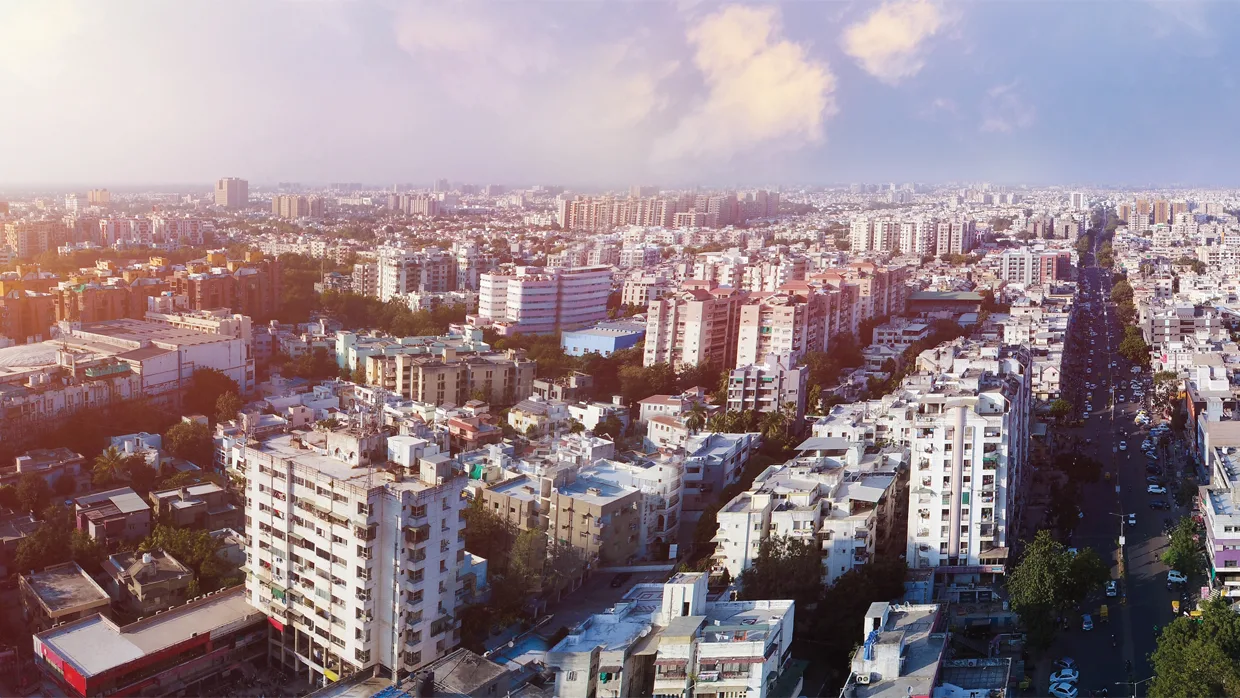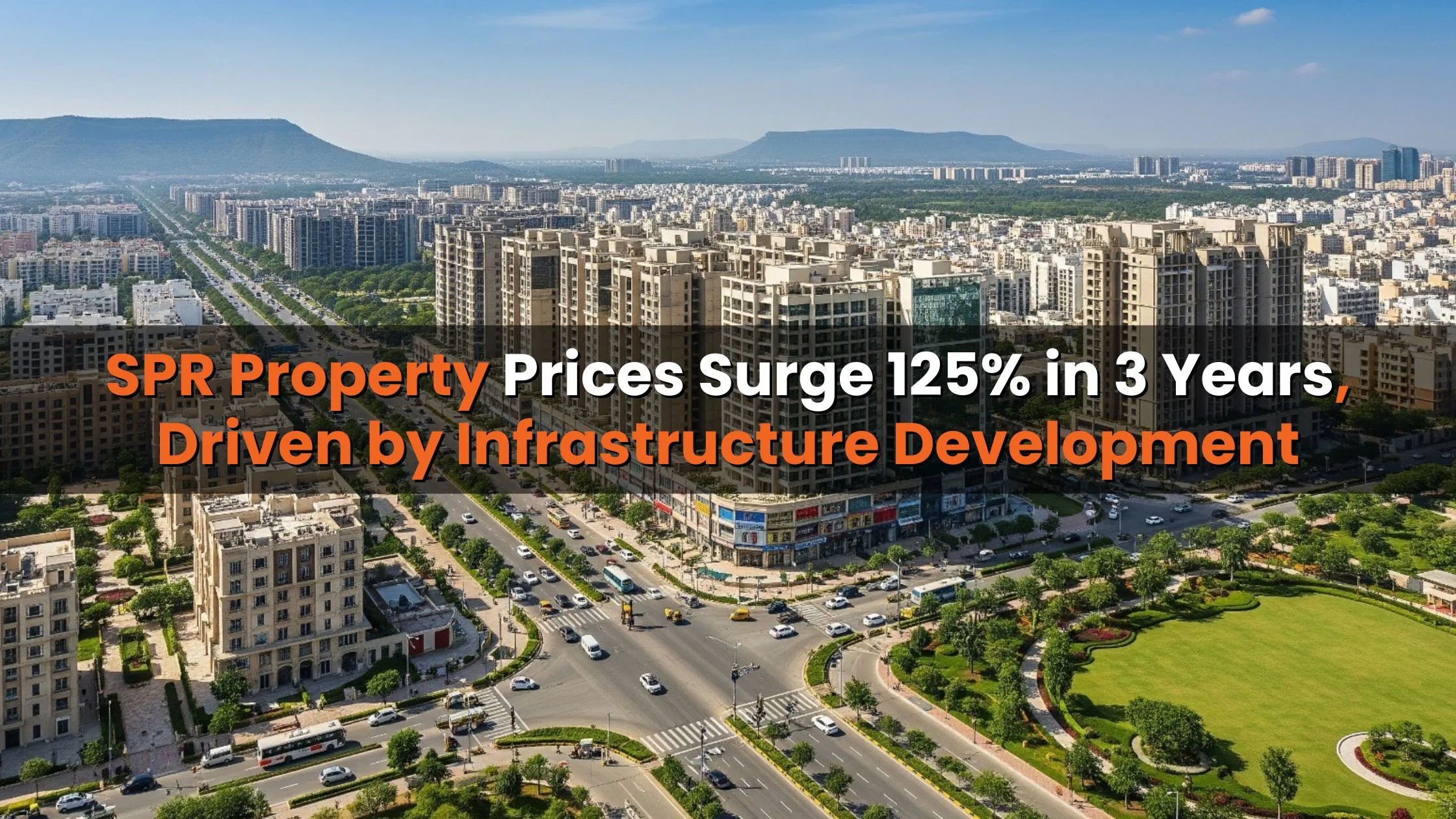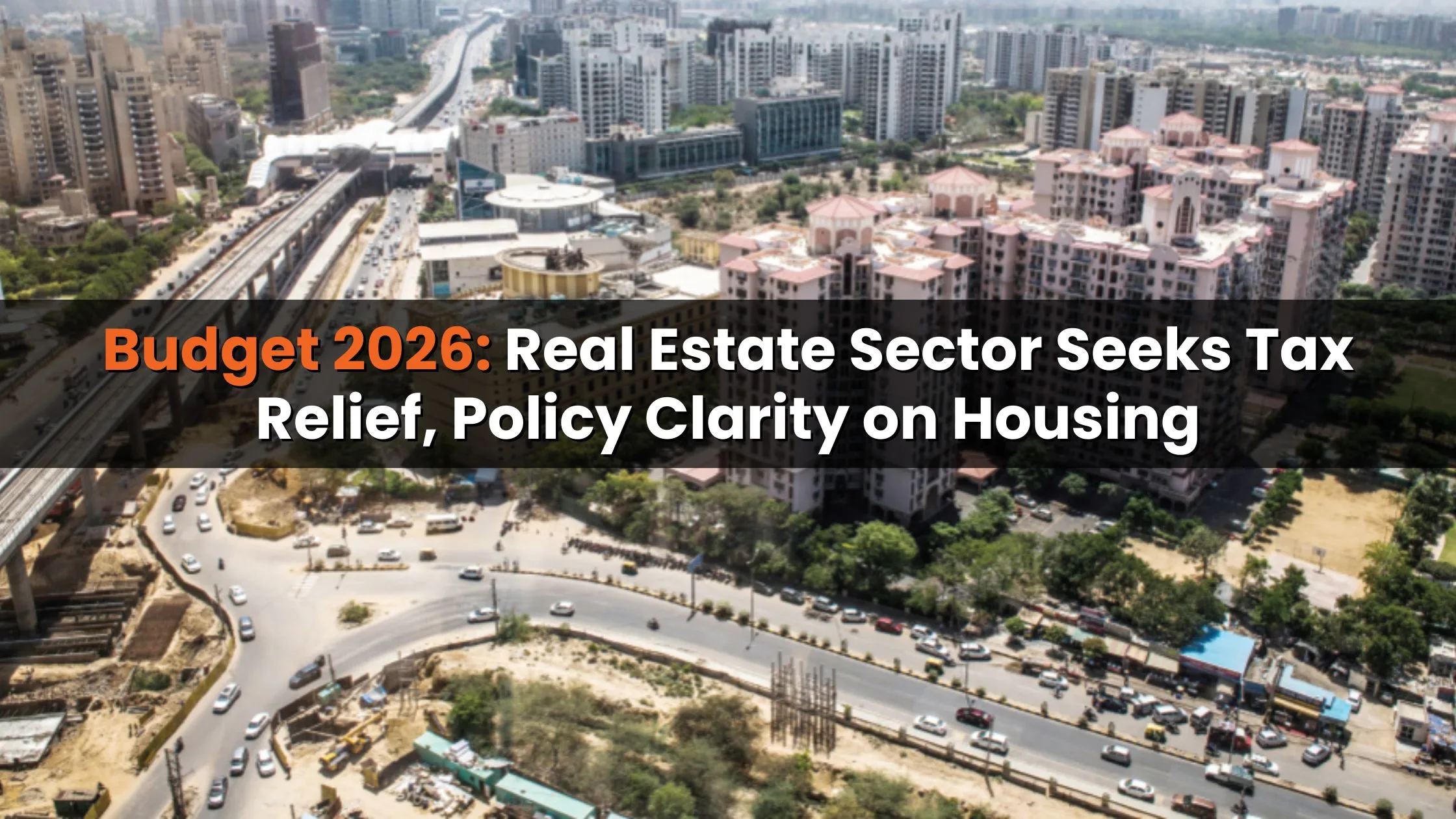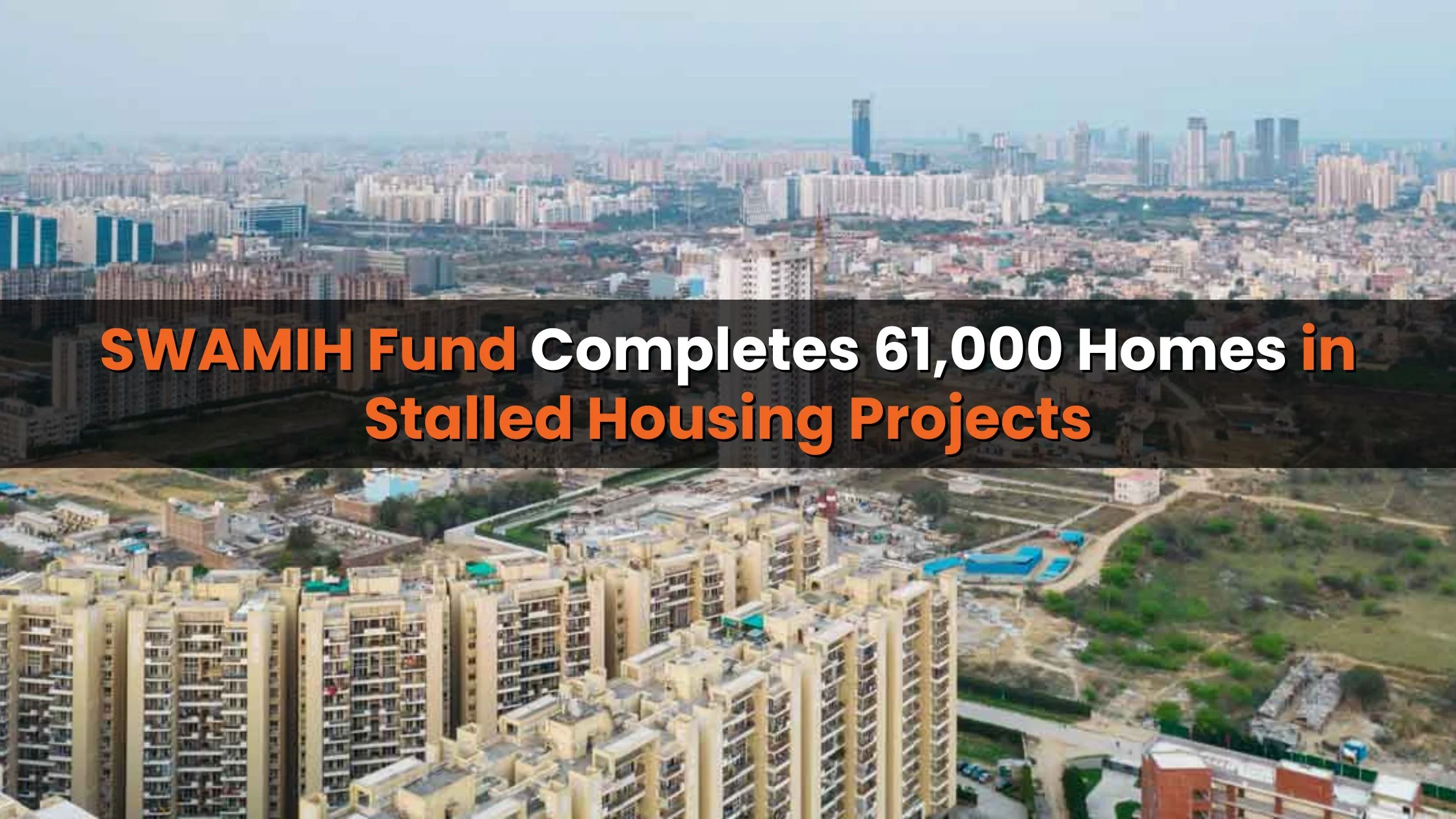Table of Content
India’s housing market is witnessing unprecedented momentum, with sales volumes and launches across metros hitting new highs. Yet, this boom has come with a sobering reality: rising real estate prices are making homeownership increasingly out of reach for middle-class Indians.
For many families, the dream of owning a home is slipping away. High property costs, limited affordable housing options, and stagnant income growth are forcing households to rethink ownership and settle for rentals instead. The affordability crisis is no longer a temporary concern it’s reshaping urban living patterns across the country.
The Surge in Housing Prices
Over the past decade, home prices in India have more than doubled, according to market estimates. A Reuters poll of property analysts suggests this momentum will continue, with prices expected to rise 6.3% in 2025 and another 7% in 2026, after already climbing around 4% in 2024.
Even as the Reserve Bank of India (RBI) trimmed interest rates to stimulate demand, the relief for homebuyers has been limited. While mortgage rates have eased slightly, the sheer escalation in property values means EMIs remain prohibitively high for most middle-class buyers.
Simply put, wage growth has not kept pace with property appreciation creating a widening affordability gap.
Also Read: Credai Pushes for Land Reforms, Digital Registry, and Land Banks to Drive Housing Growth
Impact on Middle-Class Homeownership
One of the clearest signs of the affordability crunch is the shifting age of first-time homeownership. Historically, urban Indians purchased homes in their early thirties. Today, many are waiting until their mid-forties before they can afford a property.
This delay is particularly harsh on young professionals and first-time buyers. Entry-level housing stock has shrunk drastically, while premium and luxury projects dominate the new supply pipeline. As a result, many families are delaying ownership plans and turning to rentals as the only viable alternative.
Affordability Crisis and Long-Term Risks
The ripple effects of rising real estate prices extend beyond individual households. Experts warn that the affordability crisis could have long-term consequences, including:
- Delayed wealth creation: Owning property has historically been a key driver of wealth accumulation in India. With ownership delayed, middle-class families risk missing out on years of capital appreciation.
- Pressure on rentals: As more households choose to rent, rental markets in cities are heating up, pushing monthly rents higher.
- Widening inequality: A growing divide is emerging between households who can afford premium properties and those permanently priced out of ownership.
Unless affordability is addressed, this inequality could deepen, reshaping the very structure of India’s housing market.
India’s Affordable Housing Shortage
The supply side tells a similar story. A Knight Frank India report highlights a shortfall of nearly 10 million homes, with the gap projected to triple by 2030 if current trends continue.
Post-pandemic, affordable housing launches have shrunk as developers shifted focus to mid-segment and luxury projects. According to ANAROCK research:
- Affordable housing (< ₹40 lakh): Unsold inventory fell by 19% year-on-year, from 1.40 lakh units (Q1 2024-end) to 1.13 lakh units (Q1 2025-end).
- Luxury housing (> ₹1.5 crore): Unsold stock rose by 24%, from 91,125 units to 1.13 lakh units over the same period, reflecting stronger demand in the high-end segment.
This divergence highlights how affordable supply is shrinking while luxury supply is expanding leaving middle-class buyers with limited choices.
Why Renting Seems More Viable
The economics of renting vs. owning further tilt the balance. Analysts note that annual rental costs average 2–3% of property value, while home loan interest rates hover at 7–8%.
When combined with shrinking affordable housing stock, this makes renting a far more financially viable option for many households. For families facing steep EMIs and little affordable supply, renting offers flexibility without the burden of long-term debt.
Consumer Sentiment Around High Prices
The affordability crisis is also shaping consumer sentiment. A recent ANAROCK survey showed that skyrocketing home prices remain the biggest pain point for buyers:
- 39% of respondents expressed serious concern about high prices.
- 41% said they were moderately concerned.
- Surprisingly, 20% reported being not concerned at all a group largely comprising high-net-worth buyers who continue to drive luxury demand.
This divergence shows how rising real estate prices affect segments differently. For the middle class, affordability is the primary barrier. For wealthier buyers, the market remains attractive despite high valuations.
What Lies Ahead for the Middle Class
The outlook for middle-class homebuyers will depend heavily on how policymakers and developers address the affordability gap. Some possible scenarios include:
- Policy support: Government incentives for affordable housing projects, tax benefits, and easier financing could help ease the burden.
- Rental housing growth: With ownership delayed, rental demand will continue to expand, potentially reshaping housing policies.
- Shift in aspirations: Many buyers may scale down expectations, opting for smaller units or properties in emerging suburbs to remain within budget.
While the dream of homeownership remains alive, for many, it is likely to be postponed rather than abandoned.
Also Read: Maharashtra Government Plans to Grant OCs to 25,000 Housing Societies in Mumbai
Conclusion
The Indian housing market may be thriving, but rising real estate prices are steadily pushing middle-class families away from homeownership. The affordability crisis is altering buyer behaviour, delaying wealth creation, and shifting demand towards rentals.
If left unchecked, this imbalance could widen inequality between those who can afford property and those who remain permanently priced out. The solution lies in boosting affordable housing supply, aligning prices with income growth, and offering policy interventions that ease the financial burden for mid-income households.
Until then, middle-class Indians will continue to struggle, with many choosing to rent rather than buy, as the dream of homeownership drifts further out of reach.









Ans 1. Yes. Rapid increases in property prices, limited affordable housing options, and stagnant income growth are making it harder for middle-class families to buy homes, pushing many toward renting instead.
Ans 2. Over the past decade, home prices have more than doubled. Estimates suggest prices will rise around 6.3% in 2025 and 7% in 2026, following a 4% increase in 2024.
Ans 3. Rising property costs have outpaced wage growth, making EMIs high and unaffordable. First-time buyers are increasingly purchasing homes later in life, often in their mid-forties, while entry-level housing stock continues to shrink.
Ans 4. A significant shortfall of nearly 10 million homes exists, projected to triple by 2030. Affordable housing inventory is declining, while luxury and mid-segment supply is increasing, limiting options for middle-class buyers.
Ans 5. Renting offers flexibility and avoids high EMIs, especially since rental costs are typically 2–3% of property value, while home loan interest rates hover at 7–8%. With affordable housing scarce, renting is financially more viable for many families.
Ans 6. Homeownership has historically been a key wealth-building tool in India. Delayed property purchases mean middle-class families miss out on capital appreciation and long-term financial security.
Ans 7. No. Wealthier buyers continue to invest in premium and luxury properties, so high prices have minimal impact on their buying behaviour.
Ans 8. Without interventions to boost affordable supply and align prices with income growth, middle-class homeownership will likely remain delayed, with many families relying on rentals for the foreseeable future.